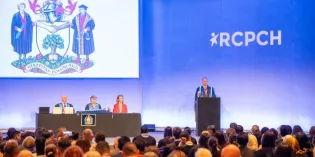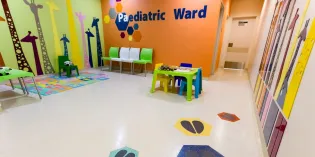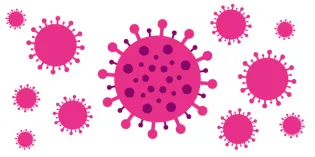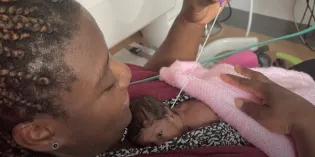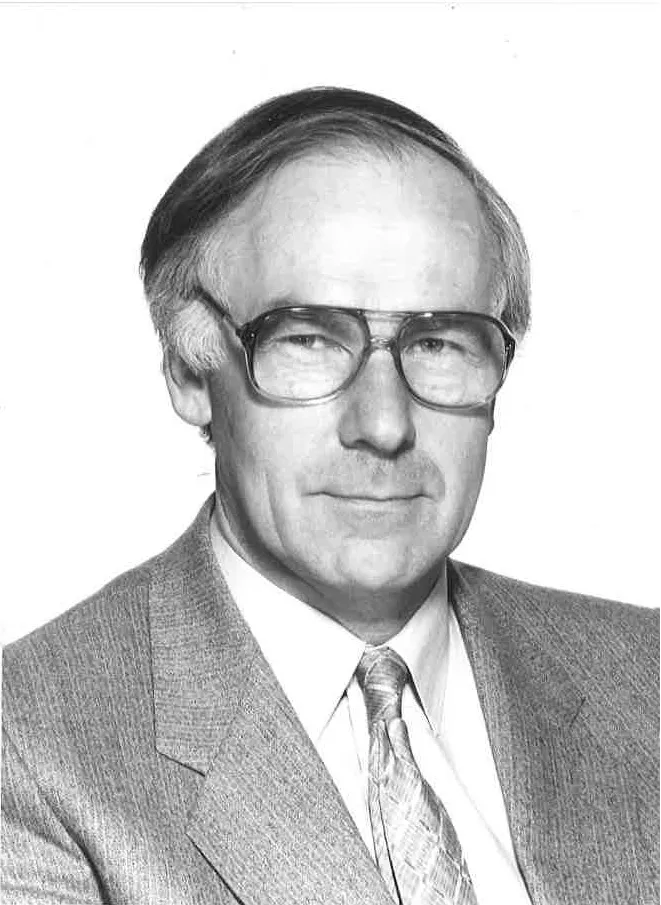
Start year of presidency: 1994
End year of presidency: 1997
Year James Spence Medal awarded: 1999
Roy Meadow was elected President of the British Paediatric Association (BPA) in 1994, and during his second year of office he became the inaugural President of the College for which he had campaigned for more than 20 years. At the annual meeting of the BPA in 1973 he had proposed, and lost, the motion that the BPA should seek College status.
Meadow was an Oxford graduate with clinical training at Guy’s Hospital, London. After junior posts at Guy’s he proceeded to a partnership in a large group General Practice in Banbury. But he had been inspired by the comprehensive scientific and social approach of the Guy’s paediatricians, Evans and MacKeith, and within two years he returned to hospital medicine, in those times needing first to specialize in adult medicine. Much of his subsequent paediatric training was at Guy’s and the Evelina Children’s Hospital during which time he became co-author with Apley and MacKeith of the book “The Child and his Symptoms – a pscho-social approach”. That approach endured; many years later he served as chairman of the Association of Child Psychology and Psychiatry (now the Association of Child and Adolescent Mental Health).
As a junior trainee, he studied the effects on parents of having a child in hospital, and for this work on “The Captive Mother” was awarded the BPA’s Donald Patterson prize. As a founder member of the Association for the Welfare of Children in Hospital, lobbyist for unrestricted visiting for children and provision of mother-with-child accommodation, he saw that Paediatricians, and the BPA, had much less political power than Physicians and the Royal Colleges. The weak position of Paediatricians, as advocates for children was even more apparent in Leeds where he moved in 1970, to join Professor Smithells and four other Paediatricians. Together, they cared for inpatient neonates and children in ten different hospitals, and the Paediatricians belonged to three different Colleges of Physicians in each of which they formed a tiny minority.
Further training in Paediatric nephrology at Guy’s and as an MRC research fellow at Birmingham Childrens’ Hospital had preceded his appointment to the senior Lecturer post in Leeds, where he was an innovative teacher, and co-author with Smithells of the popular Lecture Notes on Paediatrics. He was one of the first to dialyse children, and in Leeds established a supra-regional paediatric nephrology service based at St James’s Hospital (and the first purpose-built residential home for parents and families to stay while their child was in hospital). Unusually, the nephrology service also provided specialist services for enuresis and incontinence. Research publications ranged from nephritis and renal failure to urinary tract infection and enuresis. In 1980 he was appointed Foundation Professor and Head of a new Department of Paediatrics and Child Health at St James’s. The department was renowned for its teaching.
He had old-fashioned clinical skills relying on detailed history taking, observation and examination, together with a readiness to visit families in their homes, which led to two of his discoveries: the teratogenic propensity of anti-convulsant drugs (Lancet 1968), and Munchausen Syndrome by Proxy child abuse (Lancet 1977). The latter led to much forensic work, lecturing and many publications including several editions of The ABC of Child Abuse; as well as controversy.
He was a prolific writer and lecturer, and put much work into both activities.
The BPA was the organization he loved for its aims, its work, friendship and fun. For most of his Paediatric career he served as an officer or council member. He was editor of the Archives of Disease in Childhood for eight years, but relished most his time as secretary, and later chairman of the BPA Academic Board, responsible for education, training and meetings. From 1974 the restructuring of the annual meeting, and the setting up of speciality groups, bound the specialists to the BPA rather than to adult specialties, and their Colleges, and paved the way for the BPA to present itself for College status as representing all paediatricians.
The other period of intense productive activity was the first two years of his presidency of the BPA, persuading the doubters, encouraging the members, lobbying government, and reassuring other organisations that our new College would be an ally rather than a competitor. Despite his fervent wish for paediatricians to have the power of College status, he wanted that power to be as an advocate for children and families and not just paediatricians. Despite the view of most other Colleges and some BPA members that the new College should be “College of Paediatricians”, he was forceful in arguing against that.
He received honours and awards from many associations and countries. The citation for his Knighthood in 1996 was “for services to paediatrics and to the Royal College of Paediatrics and Child Health”. It was the second half of that citation that pleased him most.

